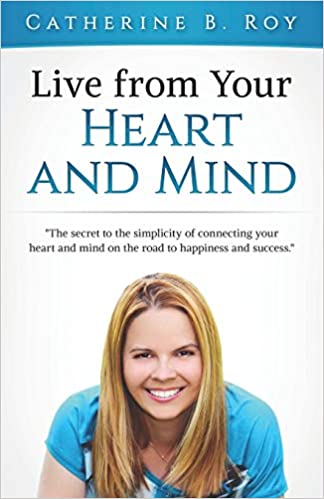The theory of the mind has traditionally been used to analyze the explanations that people give about their own behavior, referring, fundamentally, to the power we have to understand our behavior and that of others. To better understand, we can give you an idea, simple example, imagine that one day you go home and your mom offers you a nice box of chocolates, you open it and inside there is a set of keys, as it is already empty and the box is very decorative, she decided to use it to store things.
A few hours later, your brother comes home and sees this box of chocolates in the living room, what do you think he’ll think he’s got inside?Of course, you’ll think of chocolates, but let’s go a little further, considering the spirit of an autistic child: his teacher shows him a plastic tube that is usually sold full of chocolate or candy and asks, “What’s inside?”the kid obviously says “balls. ” But the professor opens the tube and shows a pencil. And ask the child again, “And if I show it to your mom, what will she think is inside?”The autistic child replies, “a pencil. “
- Mind theory has this purpose: to understand what processes make us understand the behavior of others.
- And also to be able to predict some of their actions.
Theory of the mind is a term used by psychology and philosophy to refer to this ability that almost all of us have to think about how people will react and make assumptions about their behavior. This concept was brought to us by Baron Cohen, even pointing out that there are studies that show how animals, in addition to this skill, know perfectly well when one of their owners is playing or really fighting. And can they even draw conclusions about our behavior?
Scientists also tell us that we have all begun to show a theory of mind, between the age of 3 or 4, at that time a congenital skill is activated, through which we begin to interact with our environment, to understand the rest of the human being, to look at his face and show what it means to be happy or sad , developing this essential dimension called “intuition”.
Some people are not able to develop a complete theory of mind skill. People with autism, who have an innate pathology, are not able to make emotional contact with those around them; their autistic loneliness prevents them from interpreting their emotions, their communication is limited and very limited and their behaviors are stereotypical.
Humphrey (1986) told us, for example, about his lack of “inner eye,” which allows us to know what’s wrong with people and how we should behave according to their emotions. Of course, we can’t “read the mind,” but we have basic and essential theories about how the mind itself works. We can understand how people will react, because we put ourselves in their place. We can predict, from our own experience and sensitivity, how they feel and why they do certain our empathy and cognitive flexibility are indispensable pillars.
People with autism spectrum, on the other hand, are governed by automatisms where they find their order, some may have an acute logical-mathematical intelligence, but our social reality is so complex, so full of ambiguities, implicit, nonverbal codes. languages and emotional universes, which feel unable to achieve this theory of mind where emotional reciprocity is fundamental, where there are complicated hidden motives and social cues that cannot be understood.
The theory of the mind is therefore a biological, innate and instinctive phenomenon for most people, it is undoubtedly a wonderful legacy that allows us to communicate more effectively with ourselves.

